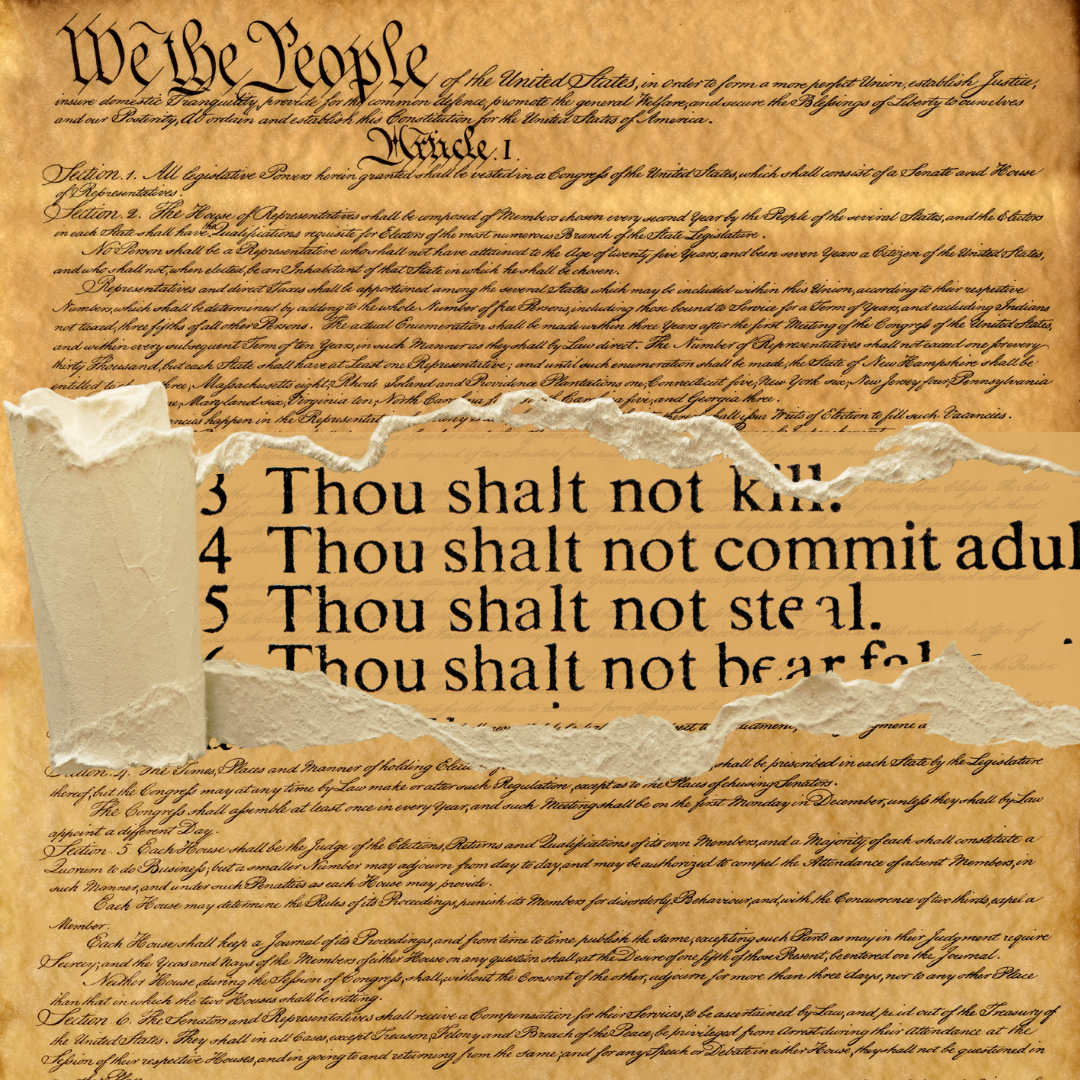Comic Sans is the most universally hated font.
Regardless of the words typed in those thick, rounded letters, the font makes me cringe—even when they’re posted on a lost pet flyer crookedly stapled to a utility pole. Fundraising posters, PowerPoint titles, office PSAs—all presented in the infamous Comic Sans.
There are thousands of fonts online, ready and eager to headline your documents. Although it may feel like you are, you’re not actually restricted to the few fonts defaulted on Microsoft Word. You can download fonts online, and utilize them for your own personal use. Incredible, right? Though it’s unlikely that average Joe will regularly take advantage of these fonts, or even care, one day he just might strive to use a somewhat interesting font. But no—he chooses Comic Sans, again.
Among the design community, all hatred in typography converges to one point. This hatred is arguably the underlying backbone of the industry; that it exists to prove we may all have different design aesthetics, but we all agree on this: Comic Sans is the Internet Explorer of all web browsers. The Natty Light of all beers. The Nickelback of all bands.
And this year was the Comic Sans of all presidential elections.
Donald Trump and Hillary Clinton were viewed to be the two most unfavorable candidates in over 30 years in polls by both ABC News and The Washington Post. Even early in the race, the candidates were both viewed as being largely unfavorable. This presidential race was a joke, and the players were memes.
Let’s break it down to manageable terms. It wouldn’t be wrong to say everyone hated this election, arguably as much as everyone seems to hate Comic Sans. The vast majority of people couldn’t wait for it to end, and now they can’t wait to stop talking about it. Beyond the pure disgust toward the election as a whole, Comic Sans was actually one of our fine candidates, and now our racist, sexist, xenophobic joke of a president. Comic Sans now represents the USA, and in my eyes everyone internationally viewing our country will read us in that godawful font size 72, bold and underlined.
And here’s the thing. We had Comic Sans, an option I dismissed so quickly without a fleeting thought anyone else would even like it. But then some people did. And they revealed that our country has an outrageous amount of Comic Sans lovers. We thought this had to be a joke, that even Comic Sans himself wasn’t serious about headlining America. That the supporters were kidding when they said they truly thought this was the best font choice for our country. Disregarding those individuals, we turn to the other side. We had Arial, a fine respectable font. Sure Arial has its flaws. Maybe it’s not the best choice, but it’s a hell of a lot better than Comic Sans. At least I could turn in a paper typed in Arial and not get laughed out of class.
We also had two random fonts, Papyrus and Lucida Handwriting—which only a small group of people care about—yet they didn’t quite realize these two had virtually no power in stopping Comic Sans. I’m more of a Helvetica girl myself, but clearly given the choice between Comic Sans and Arial, it’s a no-brainer.
Here’s a quick typography history lesson: Back in the day, Comic Sans was designed by Vincent Connare to mimic comic book lettering for a kids’ computer game, “Microsoft Bob.” Cute, I know.
Picture a pixelated cartoon dog with a speech bubble with, you guessed it, Comic Sans lettering. The font was made for a game. That was its one and only purpose. Yet people still find a reason to use it on their flyers time and time again. It almost reminds me of a reality game show celebrity whose one and only purpose was to live in his bubble of reality. Not become President of the United States.
Some people like to make the argument for Comic Sans as a font that got people to notice the world of graphic design. Fonts matter and will make viewers interpret visual information differently. Comic Sans was such a ridiculous font that people finally noticed that these choices make a distinction between one message or another.
This election was also so ridiculous that people noticed. Actually, it was impossible to ignore even if you tried very, very hard. If anything, there’s an awfully tiny glimmer of hope in this election. Like a simple font shedding light on the graphic design industry, people who probably never would have thought about politics before were forced to become aware of the world we live in, for better or worse. This little bit of optimism I can provide is only a small factor of reality.
In the end, Comic Sans—font, or president—is still the worst.













































